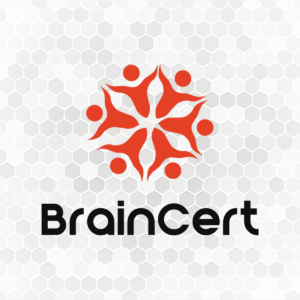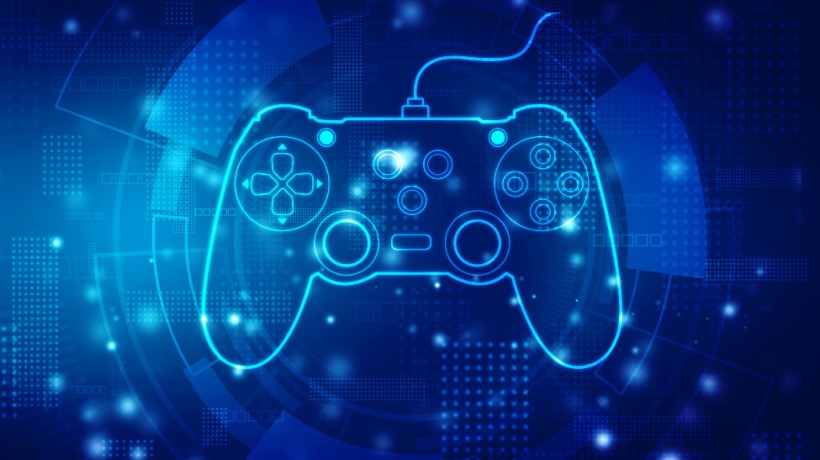Gamified Experiences, Enhanced Learning
Gamification is a popular and effective way to improve user engagement and motivation. It's a process of applying game design principles to non-game contexts, such as learning tools or workplace productivity solutions. By applying game design principles to these non-game contexts, gamification can create powerful and beneficial effects. By 2023, the global market for gamification is projected to reach $32 billion and more than 50% of organizations that use gamification say they have seen increased engagement from users.
Types Of Gamification In An LMS
In this section, we'll take a look at the different types of gamification and discuss how they can be used in an LMS.
1. Narration And Storytelling
One common type of gamification is narration and storytelling. This type of gamification uses narrative elements to engage users and keep them interested in the game. For example, imagine a game that is based on a storybook.
2. Game Mechanics
Another common type of gamification is using game mechanics like levels and badges to incentivize progress. For example, imagine a fitness tracking app that includes a level system that increases in difficulty as you progress.
3. Leaderboards And Smart Difficulty
Another popular type of gamification is using leaderboards for competition. Imagine playing a racing game where you compete against your friends or family members to see who can get the fastest time across several checkpoints. In addition to leaderboards, many LMSs include adaptive difficulty settings that adjust according to user progress so that every user experiences an equal amount of challenge throughout the learning process (this feature is often called smart difficulty).
Success Factors: Essential Considerations For Implementing Gamified Experiences
- Define clear objectives
Clearly outline the learning goals and objectives you want to achieve through gamification. Ensure that the game mechanics align with these objectives. - Understand your audience
Know your learners' preferences, interests, and learning styles to create gamified experiences that resonate with them. - Choose the right game mechanics
Select game elements such as points, badges, levels, and leaderboards that align with the learning objectives and encourage desired behaviors. - Offer rewards and recognition
Implement a reward system that acknowledges learners' achievements and progress, providing intrinsic and extrinsic motivation. - Encourage continuous learning
Design the gamified experience to encourage learners to explore additional resources and continue their learning journey. - Align with learning content
Integrate gamification seamlessly with the learning content to create a cohesive and meaningful learning experience.
Benefits Of Gamification In eLearning
Gamification is the use of game-like elements to improve learning outcomes. These elements can include points, badges, leaderboards, social media sharing, and more.
1. Engagement And Motivation
First and foremost, gamification enhances engagement and motivation among learners. It can keep students engaged by providing them with fun rewards for completing tasks or studying materials.
2. Improvement Of Learning Strategies
In addition to engagement, gamification also improves learning strategies by providing learners with helpful tips and tricks along the way. This helps them to better understand the material that they are studying, as well as improve their overall performance.
3. Creativity And Critical Thinking
An often overlooked benefit of gamification is its ability to enhance creativity and critical thinking skills among students. By encouraging students to think outside the box and try new things, games help them develop problem-solving abilities that they may not have otherwise learned on their own.
4. Interactivity, Customization, And Personalization Of Learning
Additionally, games offer an interactive learning environment that encourages hands-on experiences rather than sitting in front of a screen all day long (which some people may find monotonous or overwhelming). Gamified learning allows for the customization and personalization of learning experiences for each individual learner. Gamification in a Learning Management System (LMS) can be used in a variety of ways to enhance the learning experience for students. Some examples include:
- Quizzes and challenges
- Leaderboards and badges
- Virtual worlds and simulations
- Role-playing and game-based learning
- Gamified progress tracking
- Rewards
- Gamified feedback
Conclusion
By incorporating gaming elements into the learning experience, educators and professionals can transform the traditional classroom into an engaging, interactive, and rewarding journey. With the power to boost learner motivation, enhance knowledge retention, and foster a sense of achievement, gamification opens up a world of opportunities for all learners.










